#paleography
Text
I'm organising a summer seminar/internship programme on archival work in Florence and could use some input. For those of you who have done archival work, what sort of things did you wish you knew at the very beginning? And for those of you who don't have any experience, what do you want to know about the most?
18 notes
·
View notes
Text


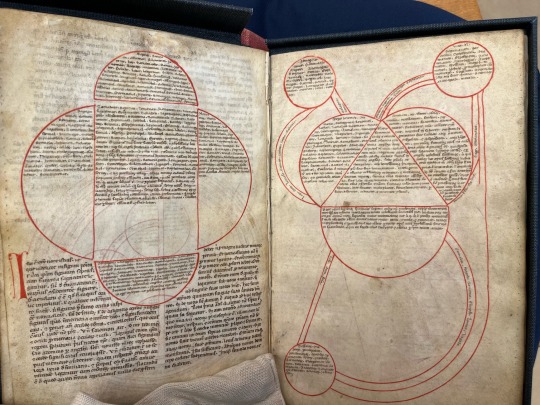
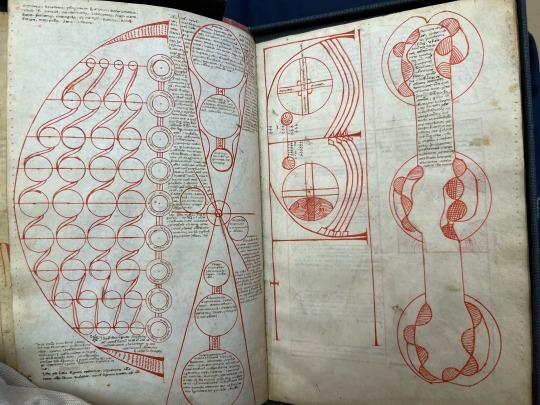
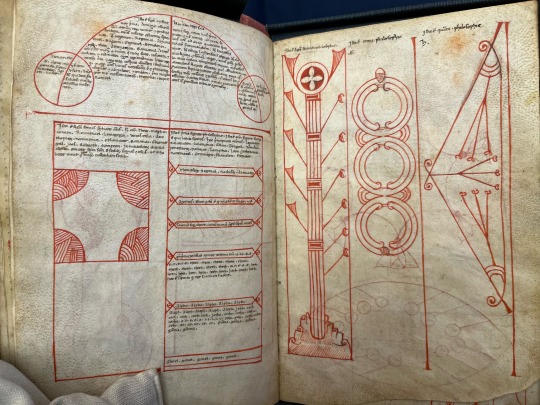

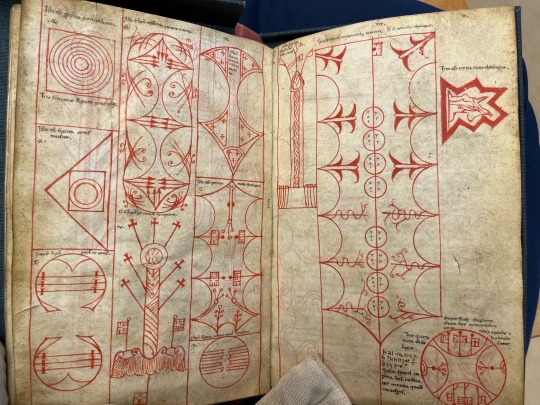

Diagrams from a thirteenth-century version of the Ars Notoria.
#magic#ceremonial magic#magick#grimoire#book of magic#medieval manuscripts#manuscript#paleography#medieval#Ars Notoria#solomonic magic#occult#occultism#magic circle
16K notes
·
View notes
Text


Wonderful parchment repairs in this gorgeous 12/13th century Swiss psalter.
(Source: Hermetschwil, Benediktinerinnenkloster, Cod. membr. 37; Psalterium; end of the 12th/first half of the 13th century; Southwestern Germany; f.19r)
70 notes
·
View notes
Text
instagram
#WordyWednesday: Rubrication. The practice of highlighting special letters or words by using colored ink, usually red or blue, rather than black. Initials in particular tend to be rubricated. In manuscript production, this was a specialist area of scribing and it was done after the rest of the text was completed. Because of the challenges in printing books in multiple colors, early printers also hired rubricators but eventually replaced rubricated initials with woodcuts.
For more rare book terms, check out our glossary: https://buff.ly/3ytcEPQ
#wordy wednesday#rubrication#medieval manuscripts#medieval#medieval history#calligraphy#paleography#mizzou#special collections#libraries#rare books#bookhistory#university of missouri#Instagram#john henry
22 notes
·
View notes
Text


I usually can figure out most cursive handwriting after a while, but this is beyond my comprehension. My students also pointed out the utter lack of punctuation.
I will give an honorary Archives Gold Star to anyone who can transcribe it!
#original content#handwriting#preservation#archives#archival nonsense#cursive#paleography#it’s not shorthand but it may as well be
91 notes
·
View notes
Text
A Lecture and Two Workshops on Greek Paleography

Mich. Ms. 30, full illumination depicting John the Evangelist, fol. 306v. Gospels and biblical and patristic commentaries. [Northern Greece], May 31, 1430.

Mich. Ms. 13, fol. 1r. Lectionary of the Gospels, fragment. Second half of the 10th c.
Professor Elena Velkovska (University of Siena, Italy) will help us understand the international significance of the many treasured and valuable Byzantine Greek liturgical manuscripts held in the U-M Library's Special Collections Research Center. Read more!
#greek manuscripts#palaeography#paleography#workshops#lectures#events#special collections#archives#special collections libraries#special collections and archives#libraries#libraries and archives
108 notes
·
View notes
Text
faggotfuckery
hey op, when reading this, I can see the "compartments" but how do you know in which order the compartments have to be read?
-
This is about my Maya translation of the Tiger Poem.
Blocks are read from the left-right and top-bottom. Reading them works a lot like reading comic books - a well designed text will guide the eye. In all blocks, you start at the top-left corner, and then go right or down depending on how the glyphs line up.
Examples:

In this block, the column of glyphs on the left are read first, top to bottom, and then the glyph¹ on the right. The top left glyph stops slightly higher than the top part of the right glyph, so they don't line up, but the left side all does, drawing the eye down.

In this block, the leftmost glyph is read, then the top-right. Finally, the bottom middle and bottom right are read. In this case, there are no glyphs below the first one, so going right is necessary. After the second glyph, the third glyph is straight down, and the forth glyph is in the bottom-right, so it has to be last.
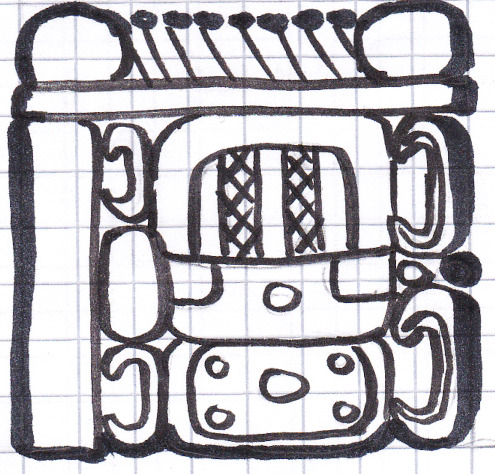
In this block, the first glyph covers the entire top. The second glyph² covers the rest of the left side. The middle two are read top to bottom, and the final glyph touches the bottom right corner.

Sometimes, stacking the glyphs to make reading order clear can be difficult. When writing 'yes, yes', I varied the size of the glyphs so the two 'xa' glyphs on top didn't line up, and neither did the two 'ta's on the bottom. With other blocks, I sometimes had to change the number of glyphs, or use variant glyphs, so that the eye wasn't drawn the wrong way.
-
¹ The scaled box and the shape on top are one glyph.)
² The line and dot with two curls is one glyph. The line indicates '5' and the dot '1', with the two curls being blank spaces.
38 notes
·
View notes
Note
In terms of finding records and information on days gone by, and unfortunately as you say they’re so often lost, within the past 10-15 years has there been any discoveries of caches or time capsules or what have you that were like “WOW” discoveries for record hunters?

It's not my field of history at all, but I'm incredibly impressed by the recent work done with X-rays to read scrolls found in the ruins of Pompeii. Papyrus scrolls of this age are incredibly fragile when they haven't been fused into a solid lump by volcanic ash, so these particular scrolls are like a lockbox inside of a lockbox - to open them means to destroy them.
But historians are stubborn and clever when it comes to getting their hands on new documents, and so they've figured out a way to use medical technology to "read" the inside of these scrolls, which is only the first step in decoding premodern texts (you have no idea how glad I am that, by the time we get to the 20th century, humanity had developed things like spaces between words, punctuation, capitalization, paragraphs, etc.).
40 notes
·
View notes
Text
Epigraphy vs. Paleography
The study and decipherment of historic inscriptions is known as epigraphy, while the study and decipherment of historic manuscripts is known as paleography.
Want to learn more about how ancient writing systems are deciphered? Writing and civilization: From ancient worlds to modernity from The Great Courses is an awesome place to start. I worked through this course a number of years ago and loved it, and refer back to it frequently:
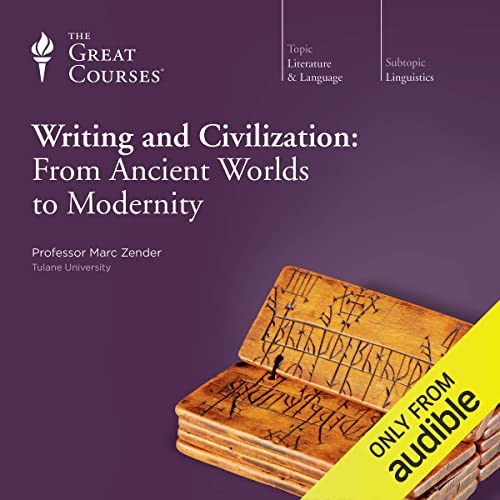
Or if you’re interested in types of writing and their history, I’ve got an entire curated list of books on the topic:
#writing#epigraphy#paleography#hieroglyphs#alphabet#language#linguistics#history#archaeology#lingblr#langblr
21 notes
·
View notes
Text
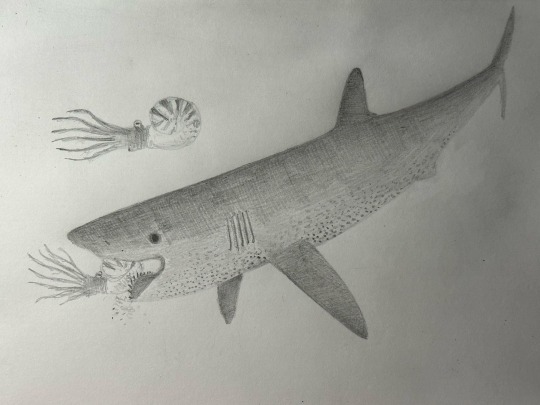
Pencil impression on the giant whorl-toothed relative of ratfish that lived in the seas of 290-270 million years ago, and possibly the largest fish of the Paleozoic at 9 meters long
25 notes
·
View notes
Text
A History of Gaelic Script, A.D. 1000-1200?
Does anyone happen to know where I could access a copy of Dr. Elizabeth Duncan's PhD thesis "A History of Gaelic Script, A.D. 1000-1200" online somewhere? I would write to her, but she seems not to have an online presence anywhere.
#gaelic#irish#irish mythology#gaelpol#paleography#manuscript studies#gaelic paganism#gaelic polytheism#gaelic literature#celtic#celtic studies
8 notes
·
View notes
Photo
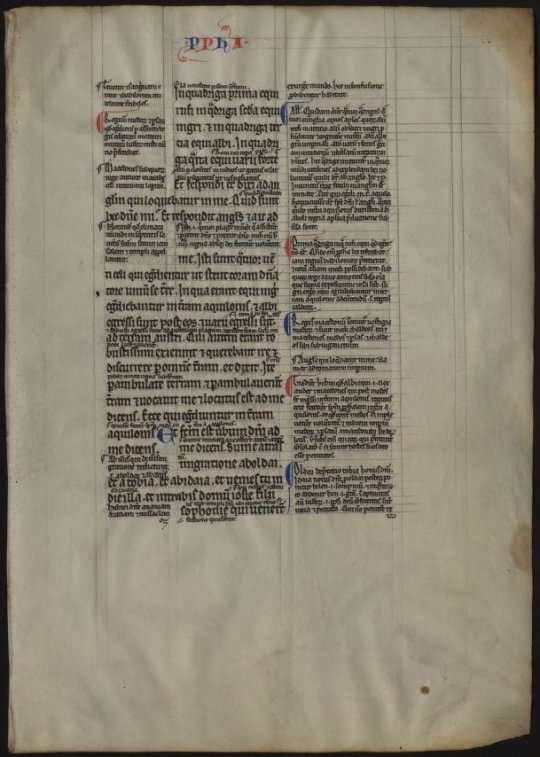
We’ve got a few #ManuscriptMondays coming up for you courtesy of the Private Collection of Antiquarian Books and Manuscripts. First up: a leaf from a bible dated to the late 12th century. There’s a lot going on in this leaf:
Glosses! That’s the commentary in smaller handwriting next to (and between the lines of) the main text.
Ruling! Parchment had to be prepared for writing, and the lines the scribes used to write on are clearly visible here.
Plus, we have delightful red and blue headings and initials to mark the various sections of commentary and biblical text.
(via Bible. Latin. O. T. Zechariah. [leaf]...)
#medieval#calligraphy#paleography#manuscript#manuscripts#illuminated manuscript#medieval manuscripts#manuscript monday#bookhistory#rare books#special collections#university of missouri#mizzou#libraries#kelli h
23 notes
·
View notes
Text
did somebody say... ancient glyphs??????????
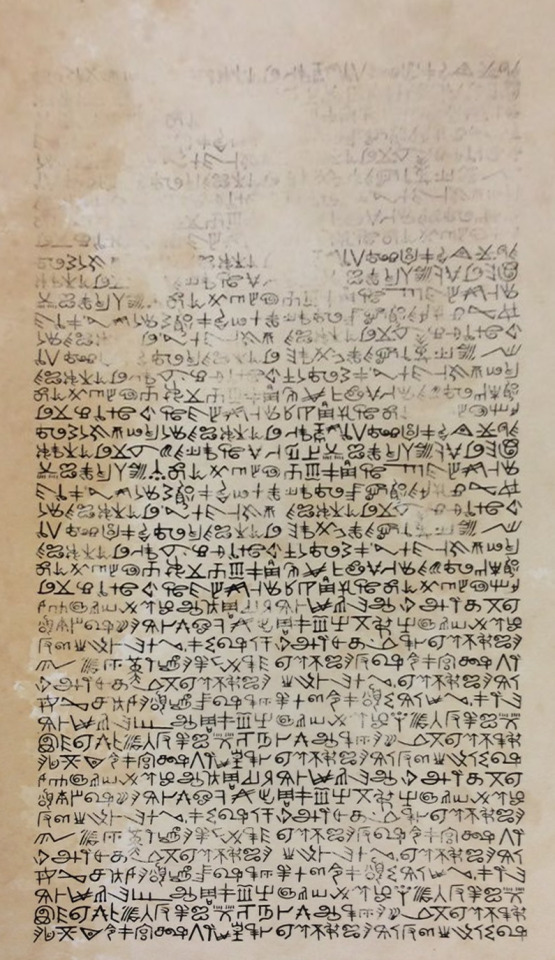
i'm just poking around half-assedly so this is extremely not thorough but if you hand me glyphs i will ingest them. so we've basically got this lorem ipsum continua, and it sort of repeats in chunks but also in lines and they are sometimes rotated, i would assume to increase the appearance of randomness visually (but also results in some glyphs that are just rotations of others)
and we've got maybe
some phoenician:



a BUNCH of Linear A/B:



















possibly some Meroitic:


There may also be a few pulling from pre-cuneiformic ideograms but it feels more accurate to say I'm looking at a wrong set of syllabary.
Some of them may be coming from something adjacent to alchemism? But it's more of a "closer" than "exact" matches, so I think I'm a step or two removed:




Alternatively, it feels like a thing where the variations could be accounted for by personal style and it's just a matter of finding the right "handwriting" (/the specific script that was copied from). (Or a slightly maturer "code" since it seems like it's very similar in forms but with added embellishments, which could be stylistic or additional levels of nuance/meaning)
(Aside: I don't see an actual chi rho in there even though there's a few slashed P's, but it would be funny given all the proto-greek influence that is apparent)
Based on some forms I think there's two or three other possible sources I haven't even pinged close to, yet, so. Would love to know if anyone has any other ideas.
#good omens#production design#props#epigraphy#paleography#i am SO sorry for tumblr's shit-ass formatting on this#also i just maxed out the image limit. goddamnit
6 notes
·
View notes
Text

(BL Egerton MS 2781; The "Neville of Hornby Hours"; 14th c. f.76v)
Today (Nov. 30th) is Andermas, the feast day of Saint Andrew: apostle, martyr, and patron saint of Scotland (amongst many other patronages). Traditionally, Saint Andrew's Day marks the beginning of Advent (starting the Sunday closest to November 30th) in both the Eastern and Western Christian liturgical calendar.
Saint Andrew has been the patron saint of Scotland for some 700 years, beginning in 1320 with the Declaration of Arbroath addressed to Pope John XXII. Written and sealed by fifty-one Scottish barons and magnates in the reign of King Robert I - popularly known as 'the Bruce' - (r.1306-1329) the Declaration was part of a broader diplomatic effort to assert Scotland's position as an independent kingdom during the First War of Scottish Independence (1296-1328) in spite of the Pope's recognising of King Edward I of England's claim to overlordship of Scotland in 1305 and his excommunication of Robert from the Church in 1306.
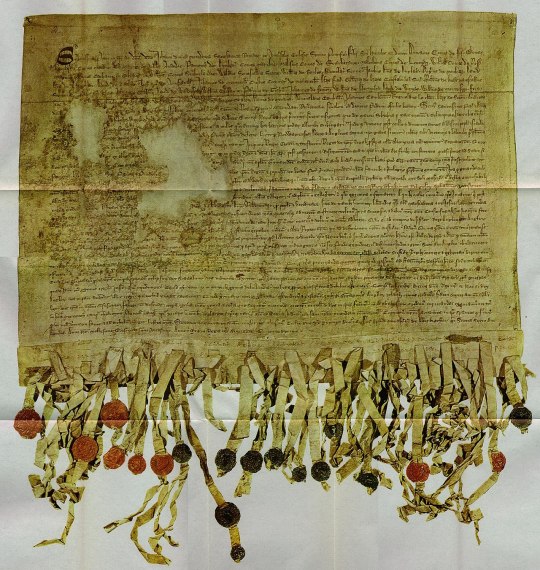
(National Records of Scotland; The Declaration of Arbroath [Online], URL: https://www.nrscotland.gov.uk/Declaration)
Elsewhere in the United Kingdom, such as in Bedfordshire, Buckinghamshire, Hertfordshire and Northamptonshire, 'Tandrew' or 'Tandry' - as St. Andrew's Day was colloquially known - was traditionally once a major festival in many rural villages. Thomas Sternberg, describing popular customs in mid-19th-century Northamptonshire writes that "the day is one of unbridled license [...] drinking and feasting prevail to a notorious extent. Towards evening the villagers walk about and masquerade, the women wearing men's dress and the men wearing female attire, visiting one another's cottages and drinking hot elderberry wine, the chief beverage of the season." (Sternberg, 1851: pp.183-85).
--
As the nights grow longer, Christmas steadily begins to come into our view, be sure to think upon this old folk-rhyme on this chilly night.

(Northfall, G.F. (1892), "English Folk Rhymes: A collection of traditional verses relating to places and persons, customs, superstitions, etc.", (London: Kegan Paul, Trench, Trübner & Co. Ltd.), p.455)
#middle ages#14th century#scotland#saint andrew#illuminated manuscript#manuscript#robert the bruce#paleography
8 notes
·
View notes